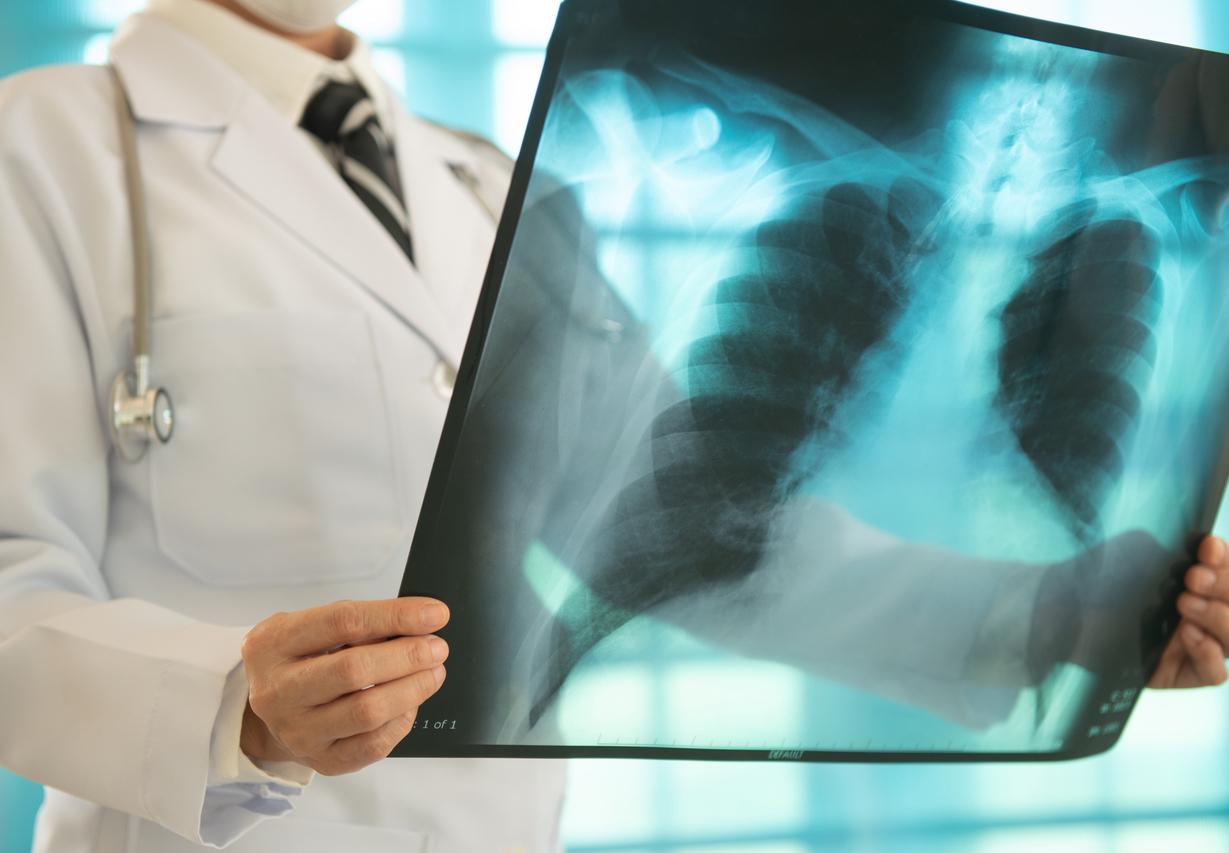
A big belly makes you more sensitive to the consequences of corona
It is in the news all the time: many people who become seriously ill due to the corona virus are overweight. How is that possible? The culprit is belly fat, a form of fat that can disrupt metabolism and resistance.
Fat is our body’s most important reserve. We humans store fat easily. In prehistoric times this was useful, because there were periods when there was nothing to eat. But… those periods never really exist anymore. As a result, more and more people have too much ‘reserve stock’ in their bodies, and the stock keeps getting bigger and bigger. If that fat is on the hips and buttocks, it’s not even that harmful. But as soon as fat starts to settle around the waist and in the abdominal cavity, there is a danger to health.
Inflammation without fever
You can think of fat as an organ. Fat mass is in contact with other organs and your brain and your adipose tissue has a direct effect on the metabolism. The fat in your body (wherever it is) makes over 600 hormones! The most well-known example is leptin, a hormone that suppresses appetite. Between the fat cells are also white blood cells. Normally, they help protect you against viruses and harmful bacteria. But if white blood cells start to accumulate in adipose tissue, they are less beneficial. They then make substances that cause small inflammatory reactions in your body. This mainly happens in the belly fat. Don’t think of an inflammation that gives you a fever, or a nasty wound. These are inflammatory reactions that you don’t feel anything about. These so-called ‘low-grade’ inflammatory reactions do have an unfavorable effect on your health. They throw the immune system out of balance. If there is an infection with a virus, the immune system will react less adequately. This means that a virus can multiply faster in someone who is obese than in someone of a healthy weight. As you gain weight, the fat cells get bigger and bigger. This can jeopardize the blood circulation of the adipose tissue. In the middle of your adipose tissue, spots are created that die, which also triggers inflammatory reactions.
Heart, liver and muscles
Belly fat is even more unhealthy. because the fat cells in your abdomen are ‘stuck’ between the organs. As a result, they have less chance of growing into large cells. They are soon full. That seems favorable, but if your body wants to store even more fat, this no longer fits and it goes to other places in your body. For example to your muscles, your liver and the heart. That is bad news. In your heart, the extra fat can make it harder for your heart to pump. For example, it will also disrupt the sugar metabolism in your liver and muscles. You become less sensitive to the action of insulin and in the long run this can lead to type 2 diabetes. All in all, fat in and around your abdomen is a risk factor for your health.
centimeter
You can measure how much belly fat you have by measuring your waist size. Stand up, grab an inch and place it around your belly, at the level of your navel. You’re fine if you measure less than 88 centimeters (for women) or 102 centimeters (men).
Or you look in the mirror. With a pear model, the fat is mainly around the hips and buttocks. If you have an apple model, you have fairly thin thighs and buttocks, but you have a belly and your waist has ‘disappeared’. The apple model is less beneficial for your health. Incidentally, the mirror does not say everything: it sometimes happens that slim people still have too much fat around their organs in their abdominal cavity. You can only find out with an MRI scan or CT scan. This is often due to a combination of hereditary predisposition and an unhealthy lifestyle.
What to do?
Do you have belly fat and are you concerned about your health? Then take action, but in the right way. A crash diet is never a good idea because it slows down your metabolism and puts stress on your body. That stress lowers your resistance again and in these times you want to keep it at a good level. So eat a little less in a healthy way, so that you lose weight at a leisurely pace. Save especially on the unhealthy extras, such as candy, cookies, snacks and alcohol. At the same time, keep the good: healthy food ensures that your resistance remains at the right level. Ask a dietitian for personal advice if you have tried many times to lose weight.
Abdominal exercises do not help
You can’t get rid of your belly by lying down on a mat and doing abdominal exercises. You cannot burn fat locally. It’s much better to work your major muscle groups: legs, back and torso and to be active all day long. Then you burn more energy and your belly fat is broken down faster.
Do you want to know more about ‘fat’?
Then listen to this episode of our podcast Healthy Conversation, with doctors Liesbeth van Rossum and Mariëtte Boon. They wrote the bestseller ‘Fat Important’.















